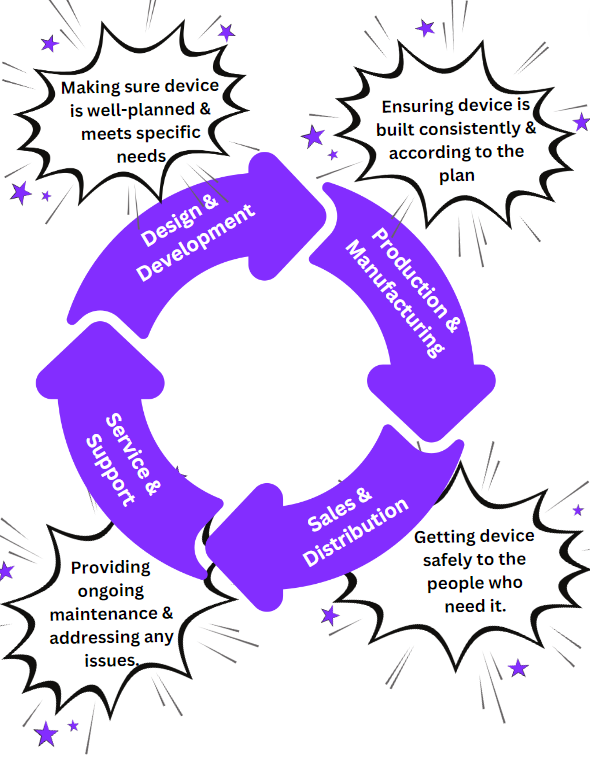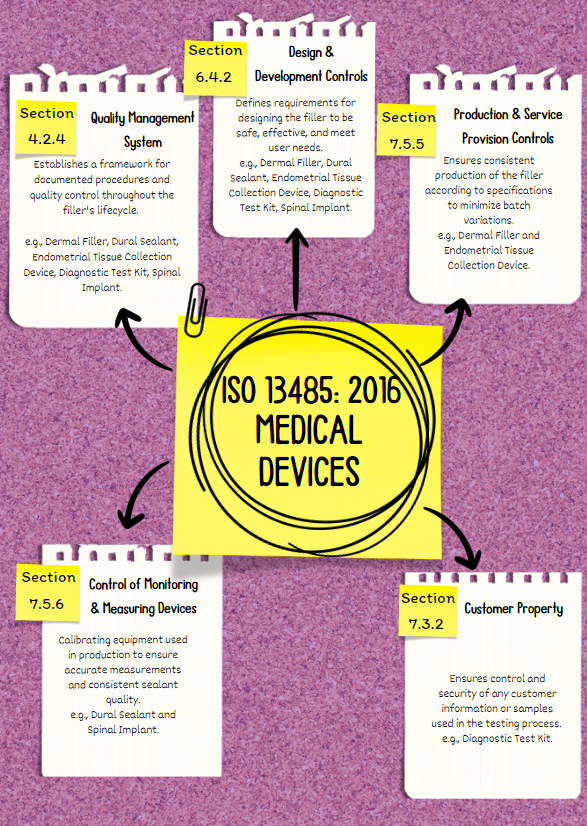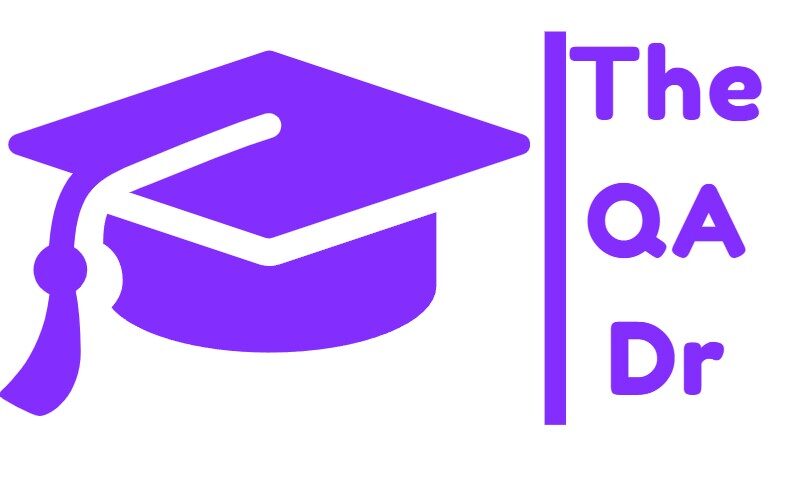Imagine you are about to get a bandage changed by a nurse. Would you feel better knowing the bandage company has a system in place to make sure it is clean, effective and will not irritate your skin? That’s what ISO 13485 is all about for medical devices! It is an international set of guidelines that helps companies that make medical devices focus on safety and quality.
ISO 13485 is globally recognised. In short, it protects people. By following guidelines, companies can minimise risks and ensure medical devices work as intended. And when you know a company is ISO 13485 certified, you can trust they take quality seriously.
ISO 13485 covers the entire lifecycle of a medical device, from the initial idea to its disposal.

Here I will present 5 products recently approved in 2023 by the FDA which are examples of the newest medical technology. Each has information about what medical uses the device is cleared or approved for, when it can be used, and when it should not be used. This information can help make informed health care decisions.
The relationship between the FDA and ISO 13485 is that the FDA is the gatekeeper ensuring only safe and effective medical devices reach patients, while ISO 13485 is like a compass guiding companies through the journey of developing a medical device. Companies can navigate the complex world of medical device development, ensuring their products meet the highest safety standards throughout their lifecycle.
Example 1: RHA 3 Dermal Filler (P170002/S030).This injectable product plumps up wrinkles and adds volume to the face. This standard would be used to demonstrate the filler does not migrate or cause allergic reactions, and there is consistency in batch production.
Example 2: CraniSeal Dural Sealant (P220014). This sealant is used during brain surgery to close up leaks and prevent complications. This standard would be used to ensure rigorous testing to ensure the sealant effectively stops leaks and does not damage brain tissue, and that there are strict quality control practices to prevent contamination, critical during brain surgery.
Example 3: Minitouch 3.8 Era System – P230002 (Endometrial). This device helps remove tissue samples from the lining of the uterus for diagnostic purposes. ISO 13485 would be used to ensure the device is sterile, infections are prevented during uterine tissue collection, and for validating the system when collecting tissue samples for diagnosis.
Example 4: CRCdx® RAS Mutation Detection Kit – P220005 (Lab Test). This kit is used in a lab setting to identify specific gene mutations. This standard would be used to verify accuracy during patient treatment, and to establish clear instructions and procedures for consistent and reliable test results across different laboratories.
Example 5: REFLECT Scoliosis Correction System – H210002 (Spinal Implant). This system uses rods and screws to surgically correct curvature of the spine. ISO 13485 would be used for employing rigorous testing to confirm biocompatibility of the implant i.e., it does not get rejected by the body, and that the
meticulous manufacturing is carried to ensure the implant is strong and functions as designed during surgery. The illustration on the right highlights specific sections of ISO 13485 that apply to each medical device sample.

Now having looked at medical devices, the vital roles of regulations and the ISO 13485 standard, here’s how my expertise in quality assurance (QA), ISO 9001, and knowledge of the OECD Guidelines for Good Laboratory Practice (GLP) and Good Clinical Practice (GCP) aligns to the ISO 13485 standard:
- Alignment with ISO 9001: ISO 13485 builds upon the foundation of ISO 9001’s quality management system principles. My experience in creating and auditing ISO 9001 systems positions me well to understand and assess the effectiveness of a company’s ISO 13485 implementation.
- Focus on Risk Management: Similar to GLP and GCP, ISO 13485 requires companies to identify and mitigate potential risks throughout the device lifecycle. My knowledge of these guidelines allows me to evaluate the adequacy of a company’s risk management processes within the context of ISO 13485.
My experience allows me to effectively audit against ISO 13485 by:
- Reviewing documented procedures: Verifying that the company has established and documented procedures for all critical aspects of device development, production, and distribution, aligned with ISO 13485 requirements.
- Evaluating record keeping: Ensuring the company maintains accurate and complete records to demonstrate compliance with the standard.
- Observing practices: Witnessing firsthand how the company implements its quality management system in daily operations.
By leveraging my QA experience and understanding of relevant guidelines, I can contribute to the development and implementation of robust ISO 13485 compliant quality management systems, ultimately fostering trust in the safety and efficacy of medical devices.

